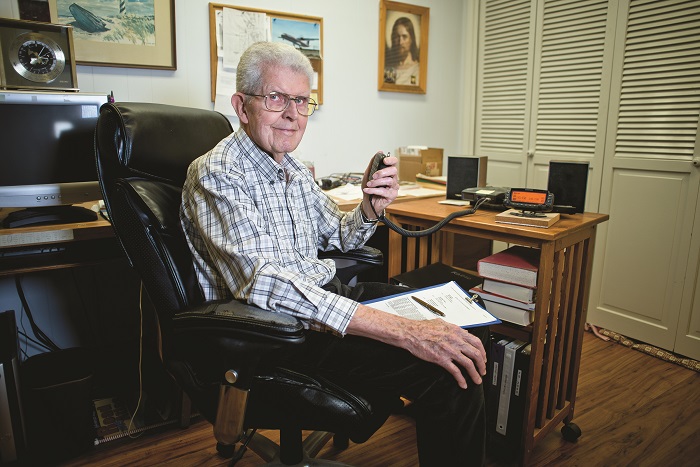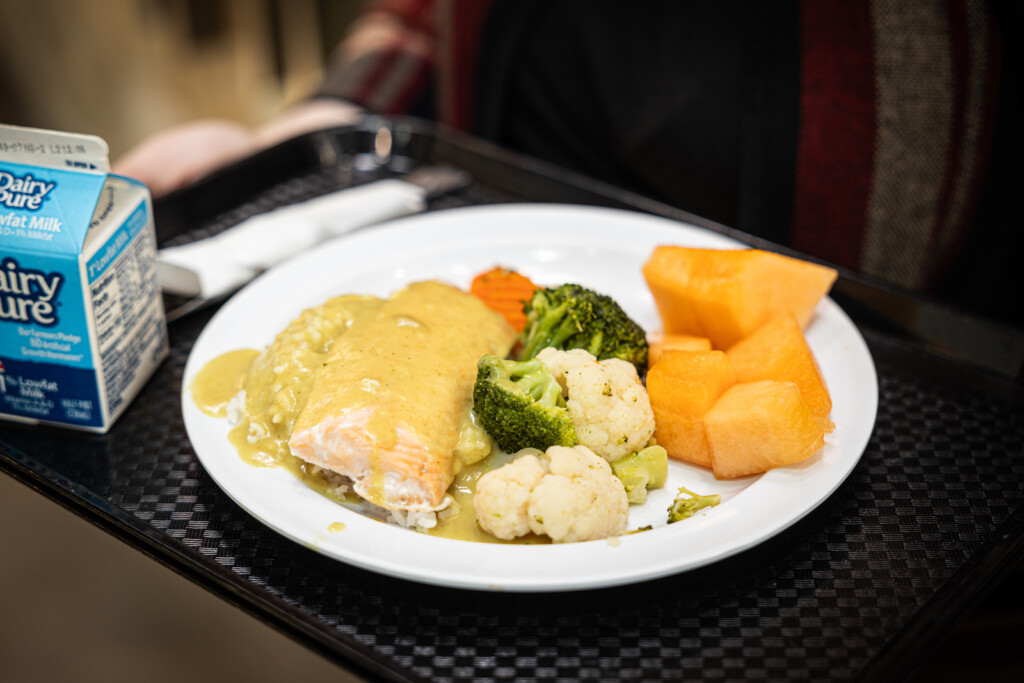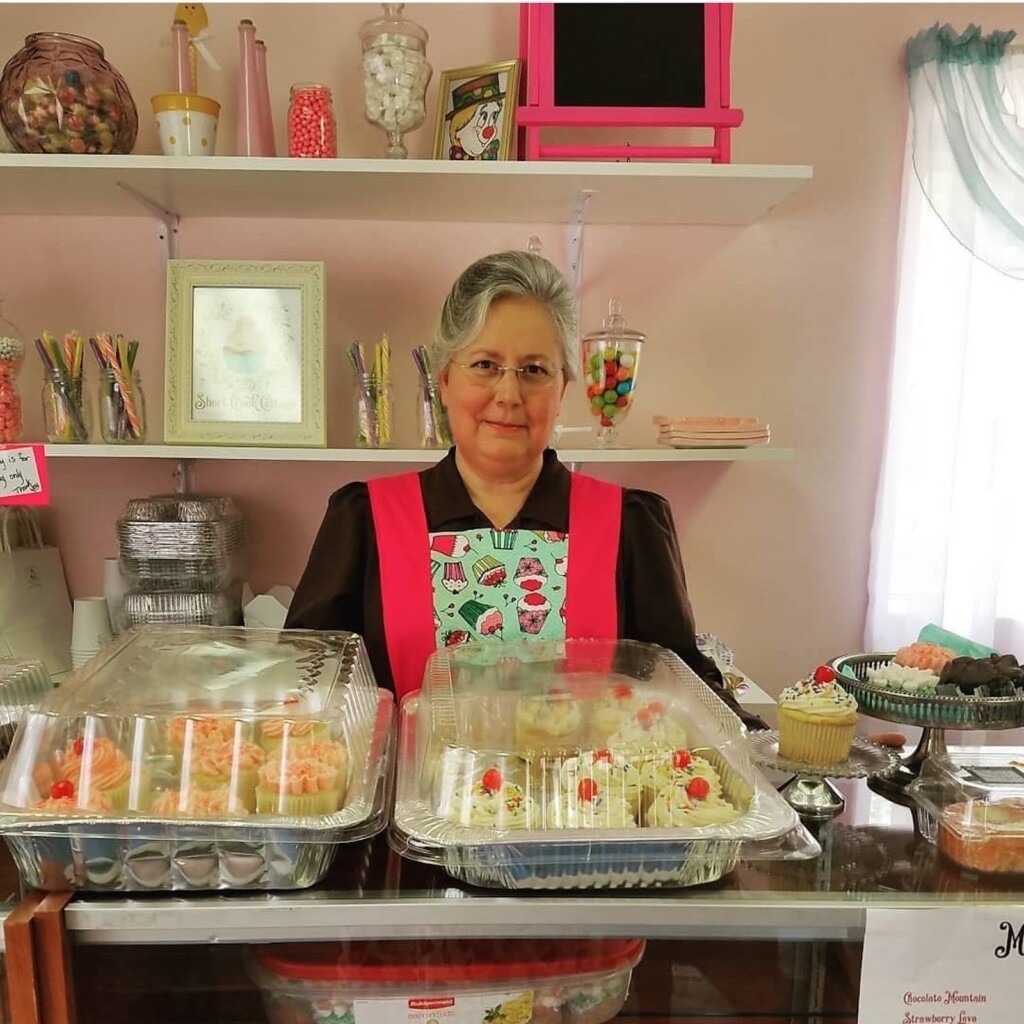
If an emergency in Salt Lake knocked out the usual means of communication, what would happen? Fortunately, Sid Gilligan and other amateur radio operators would be on the job.
Sid is part of a group of licensed HAM, or amateur radio operators who keep equipment in their homes that allows them to communicate and pass on information. Sid is part of a network for the Church of Jesus Christ of Latter-Day Saints. In the event of an emergency, he would be directed by his local leader to contact other operators who would then communicate with the church offices. “I thought it would be good to be a part of it,” Sid says.
Sid, a retired Marine Corps lieutenant colonel and electrical engineer, became interested in HAM radio operation while living in a remote part of Star Valley, Wyoming in 1991. He joined a radio group and took two months to learn the language and the rules to get his license.
The process to get a license involved studying the official manual put out by the American Radio Relay League (ARRL), and taking an exam issued by the Federal Communications Commission (FCC).
Sid explains that the system uses AM radio frequencies, and anyone can listen to any channel. “There are no secret channels,” he says. Operators are required to report misuse of the system, such as non-identification, to the ARRL or FCC.
The system is reasonably simple and works like a two-way radio setup. According to Sid, “It is like a party line on one frequency.” You can talk in both directions on one channel. It is possible to send audio, music, video, or code such as Morse code, and an unlimited number of people can listen to any given frequency, but only one person at a time can talk.
Transmissions can travel 30 to 50 to 100 miles depending on how high the antenna is and if it is clear of obstructions. In the Salt Lake Valley, the range is about 5 to 10 miles. To send a signal a further distance, operators can use a repeater; an electronic device that retransmits weak or low-level signals to higher levels or power to cover longer distances without degradation.
“I started with HAM radios as a hobby,” Sid says, “But real HAMS are very serious and spend hours per day on the radio seeing how far they can talk to each other. They carefully select frequencies they know are working well, use the most power allowed, and have big antennas. There are world-wide contests competing for distance.” The higher, the better, and radio waves travel better without sun. That is why drivers can pick up out of state radio channels while driving at night.
There are many stories about how amateur radio became HAM radio. Sid heard that it was a nickname for amateur. Another story implied that commercial operators gave amateurs their name because they weren’t professionals. In other words they were ham-fisted.
The most widely accepted version (from Florida Skip Magazine – 1959, care of rfcafe.com) is that in 1908, HAM was the station call of the first amateur wireless station operated by the Harvard Radio Club; Albert S. Hyman, Bob Almy, and Poogie Murray. The station name Hyman-Almy-Murray was too long so they changed it to HY-AL-MU. The name led to confusion between HYALMU and a Mexican ship named MYALMO. The name was shortened further and became HAM. Today, amateur radio operators are still HAMS.





